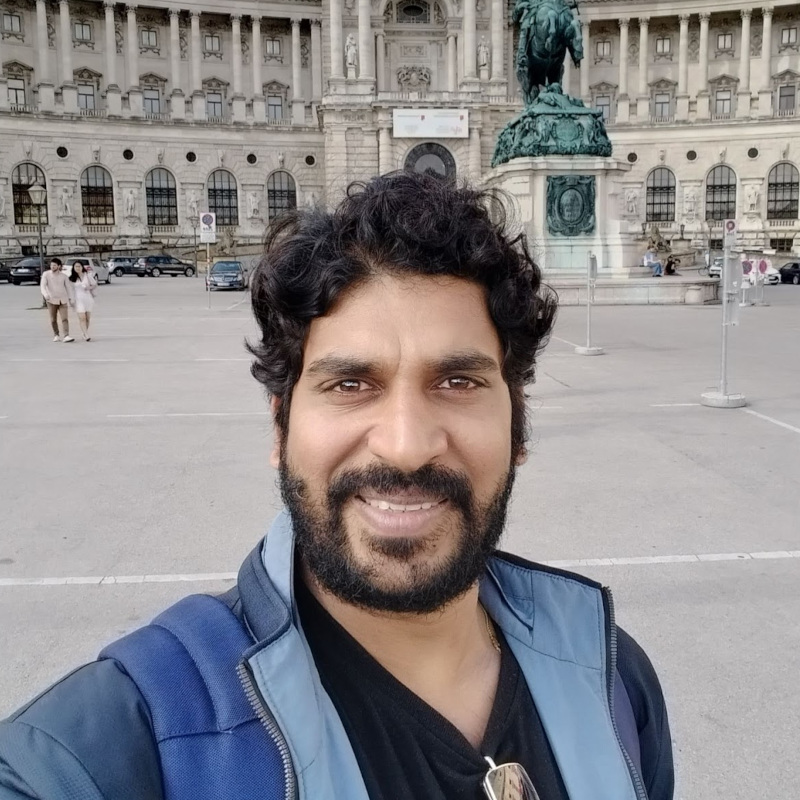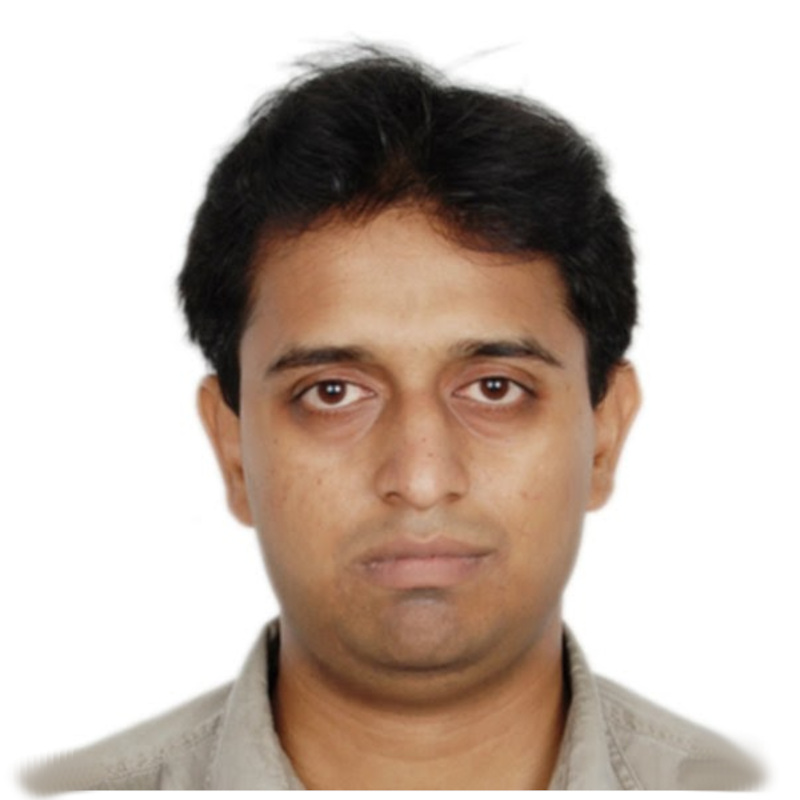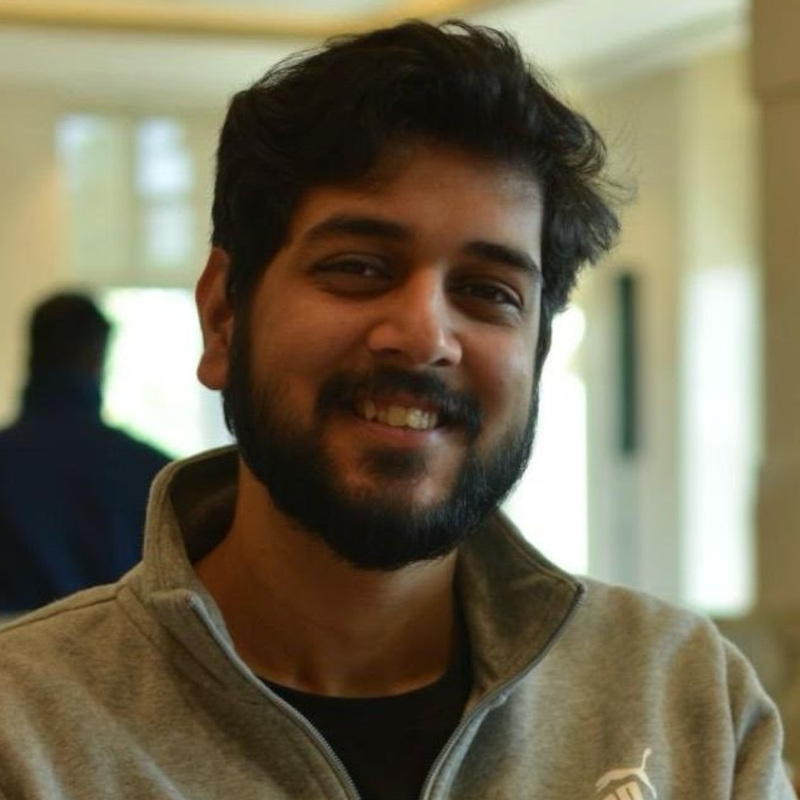Speakers
Tal Hassner is a Co-founder and CTO of WEIR AI; and ex-Meta AI senior
applied research lead and ex AWS principal scientist.
He is also affiliated with The Open University of Israel, Department of
Mathematics and Computer Science where he was an Associate Professor
until 2018. From 2015 to 2018, he was a senior computer scientist at
the Information Sciences Institute (ISI) and a Visiting Associate
Professor at the Institute for Robotics and Intelligent Systems,
Viterbi School of Engineering, both at USC, CA, USA, working on
the IARPA Janus face recognition project.
His work is mostly related to Computer Vision and Machine
Learning. Much of his work relates to digital face processing,
including face recognition, facial attribute prediction, face alignment,
and 3D reconstruction of face shapes. He also worked on problems related
to text image processing (OCR), human action recognition in videos, dense
correspondence estimation, feature representation and matching, and more.
He is an Associate Editor for IEEE Transactions on Pattern Analysis and
Machine Intelligence (IEEE-TPAMI) and IEEE Transactions on Biometrics,
Behavior, and Identity Science (T-BIOM).
Tamar Glaser received her Master of Science degree in Electrical Engineering from the Technion-Israel Institute of Technology in 2011. Following her academic pursuits, she gained extensive industry experience at Elbit Systems (2010-2018) and Alibaba Damo Academy (2018-2021). She subsequently joined Meta (2022-2024), where she contributed to the advancement of computer vision and machine learning. Currently, at Harman International, she focuses on audio and multimodal representations. Glaser specializes in computer vision and content representation, leveraging her profound understanding of classical computer vision to address real-world challenges. Her expertise extends to responsible AI, with a particular focus on mitigating the challenges posed by generative AI, such as generated content detection, fairness and biases in generated content, and unlearning in generative models. Her research bridges the gap between classical and deep learning computer vision, leading to innovative solutions for complex industry problems.
Her contributions to the field are evidenced by publications in top-tier conferences such as ICCV, ECCV, ICPR, and Nature Machine Intelligence, as well as her active involvement in organizing workshops at ECCV and CVPR.




